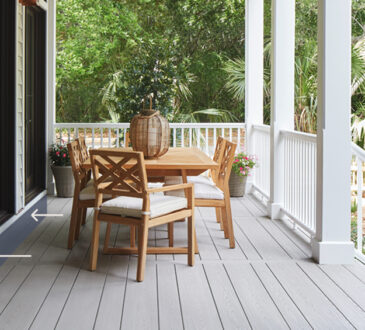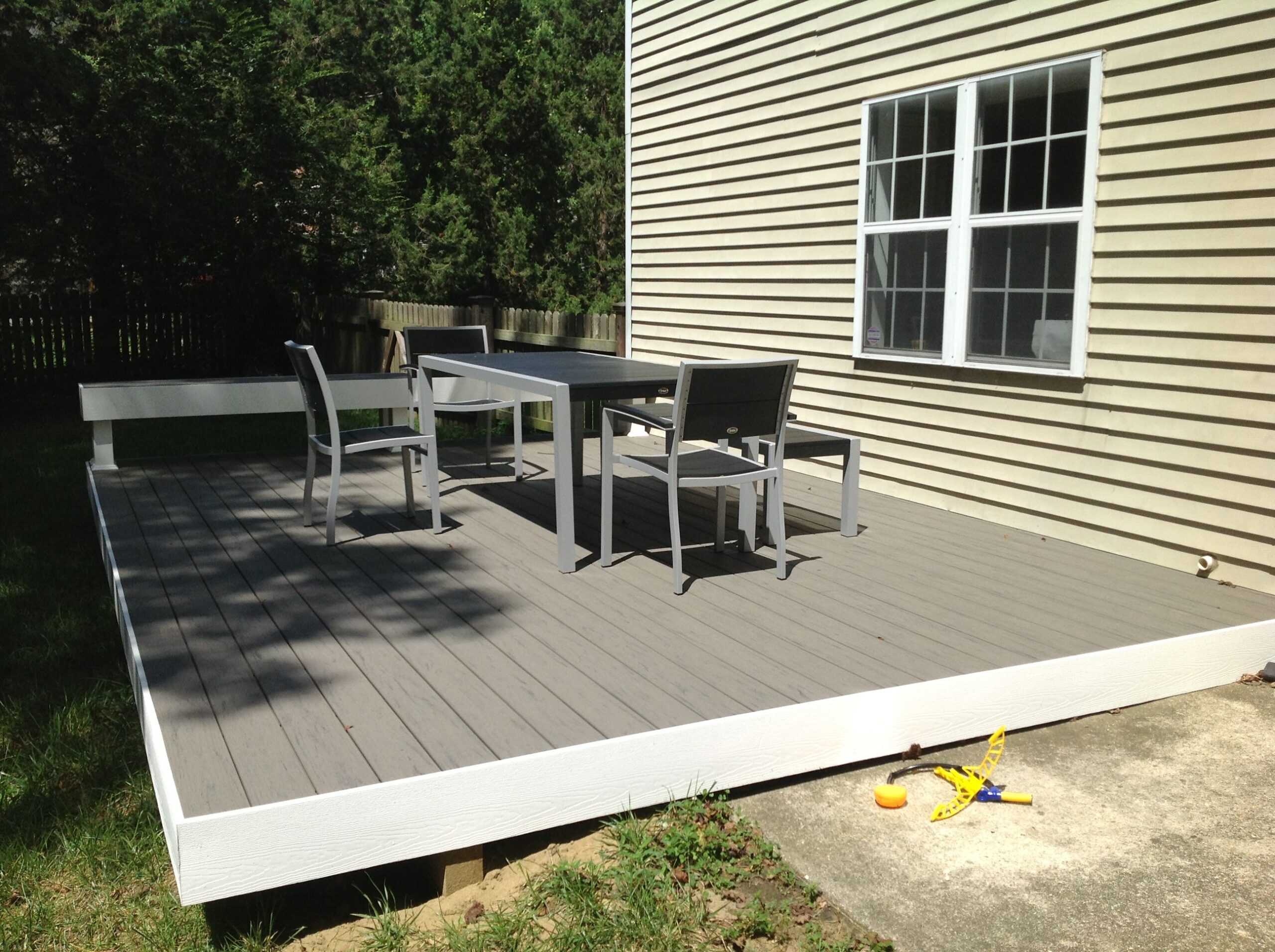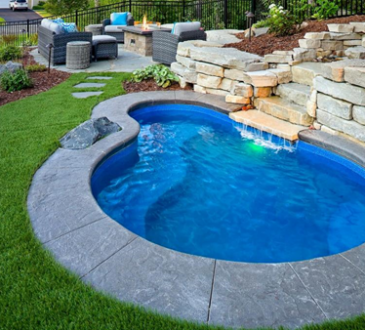
Considering that mold and mildew require water to grow, it is essential to avoid dampness problems in buildings. Moisture issues can have lots of causes, including unchecked moisture. Some dampness issues in buildings have been linked to modifications in building construction practices throughout the 1970s, 1980s, and 1990s. Some of these adjustments have resulted in structures that are securely sealed; however, might do not have ample ventilation, potentially leading to moisture build-up. Building products, such as drywall, might not permit moisture to get away conveniently. Wetness problems may include roof covering leakages, gutters, or landscaping that guide water into or under the building, as well as unvented burning home appliances. Postponed upkeep or inadequate upkeep additionally relates to moisture troubles in colleges, as well as big structures. Dampness troubles in mobile classrooms as well as various other momentary structures have frequently been connected with mold problems. So, you need mold remediation.
Prevention
- Repair dripping pipes as well as leaks in the structure envelope asap.
- Watch for condensation and wet spots. Fix resource(s) of moisture trouble(s) asap.
- Stop dampness as a result of condensation by boosting surface area temperature or lowering the moisture degree in air. To boost surface temperature level, shield or raise air circulation. To decrease the moisture degree in air, repair service leaks, boost ventilation if outside air is dry or cool, or dehumidify if outdoor air is warm as well as humid).
- Keep home heating, airflow, as well as air conditioning drip pans clean, moving appropriately, as well as unblocked.
- Air vent moisture-generating devices, such as clothes dryers, to the outdoors where feasible.
- Preserve low interior humidity, below 60% relative humidity, preferably 30 to 50%, if possible.
- Perform routine building/HVAC assessments as well as upkeep as setting up.
- Clean as well as dry damp spots within two days.
- Don’t let structures remain damp. Offer drain and incline the ground far from the structure.



